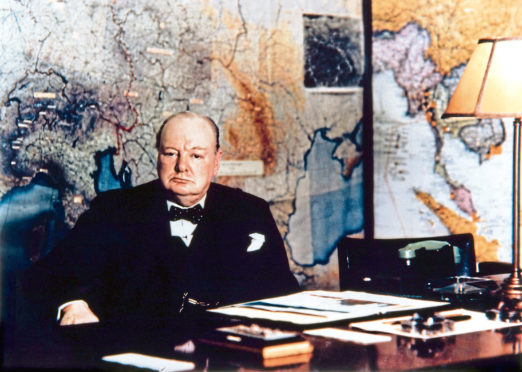
Labour’s John McDonnell is the latest politician to fall foul of the flag-waving patriots who see the Great in Britain as a time when we ruled an Empire after he dared to paint Winston Churchill as a baddie.
The Shadow Chancellor, like Green MSP Ross Greer before him, chose to not simply see our past through rose-tinted spectacles but to recognise that politicians, like our history, are nuanced.
And when asked the simple question: “Churchill, hero or villain?” He answered honestly: “Tonypandy. Villain”.
McDonnell was referring to the bloody incident in November 1910 in the South Wales town. One miner was killed and nearly 600 people were injured after Churchill, then Home Secretary, sent more than 200 police officers, along with the added firepower of Army officers held in back-up, to break the miners’ picket line.
And to be fair to McDonnell, he did also say later that Churchill was, of course, a hero during the Second World War but that there was another side to him, and that he was a complex character.
McDonnell was right. Churchill was as flawed as he was talented. He was a depressive who drank too much, was unfaithful to his wife and was running a country when he was also running on amphetamines and using barbiturates to sleep.
He was a powerful brain, a great orator and led this country through the most troubled of years. His politics also moved with the times; he went from one party to another, testing his own principles.
But equally, he was a creature of his time and his language, like his actions, when measured against current tropes were often racist, could be cruel, anti-trade unionist and should be interrogated. What else was a Labour politician to say when offered the choice of two one-word answers about him?
But the vitriol expanded on the argument over whether Churchill was a hero or a villain is just symptomatic of the binary view of life that now exists across our political discourse. And I was reminded of this last week when I interviewed Tony Blair.
In him, we have a leader who achieved so much, held power for so long, and who undoubtedly shifted the axis of political thinking but all good was erased from the national psyche by one act of perceived villainy.
Even my mother texted me as I was about to sit down with the former Prime Minister: “Don’t mention the war,” she said.
Binary storytelling, a myopic view of politicians and their achievements has become a national pastime with facts and balance eschewed for shouty faux emotion.
Churchill’s time in office straddled the most turbulent period in modern history and he showed leadership when it was required.
Meanwhile, in a country torn apart by Brexit and with fewer than 40 days to go before we are legally kicked out of the EU, we face our own “darkest hour” with little sign of political leadership.
How the history books record the hubris of what we are now living through is still to be written, but one thing is for sure, Theresa May will be revered as a hero of no one and a villain of many.
Mandy Rhodes is editor of Holyrood magazine

Enjoy the convenience of having The Sunday Post delivered as a digital ePaper straight to your smartphone, tablet or computer.
Subscribe for only £5.49 a month and enjoy all the benefits of the printed paper as a digital replica.
Subscribe